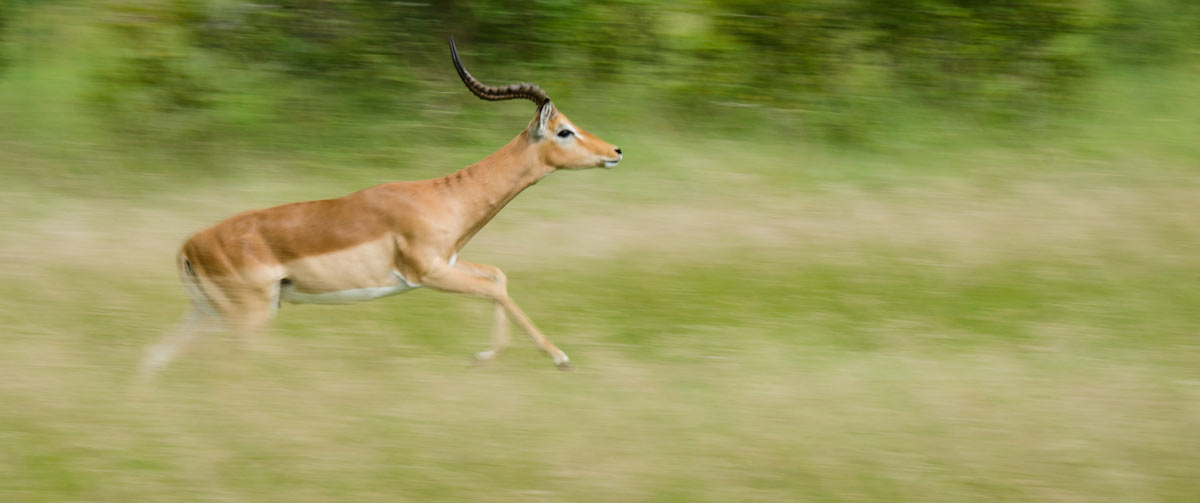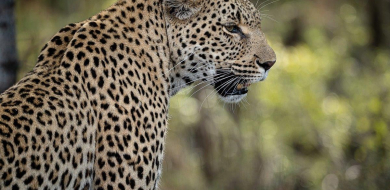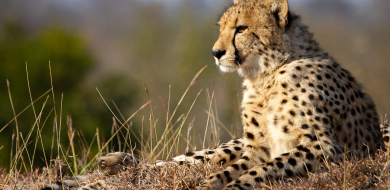Panning Impala
on Dec 17, 2014Panning, or the capturing of movement in a still photo is a little tricky, but it can be extremely effective. It can transform a fairly plain photo of an animal moving past, into an image that tells a story about how fast or with how much intent an animal was moving.
This is an extremely interesting time of the year for the impala on our reserve. It is the start of the rut and there is a huge amount of action on the go with the possibility of mating on the horizon. The males are all jostling for a position of dominance.
With all of the competition comes movement - and in this photo I tried to convey that. I did not have time to set my camera to shutter speed priority but I closed my aperture to limit the amount of light coming into the camera. This then slowed my shutter speed right down and I was able to freeze movement - but not entirely, so as to pick up the movement of the legs and background. I also cropped the photo to try and exaggerate the movement, a very long thin photo with a large amount of space to "run into".

A very important part of a panning shot is the follow-through. Once the shutter has been opened keep following the subject, if not, motion blur will take place throughout the photo and the subject will not be recognizable.
This technique will take a lot of practice and a smooth, steady hand.
This photo:
ISO: 160
Aperture: f16
Shutter speed: 1/60th sec
Don't complicate, compensate.
Simon Smit






